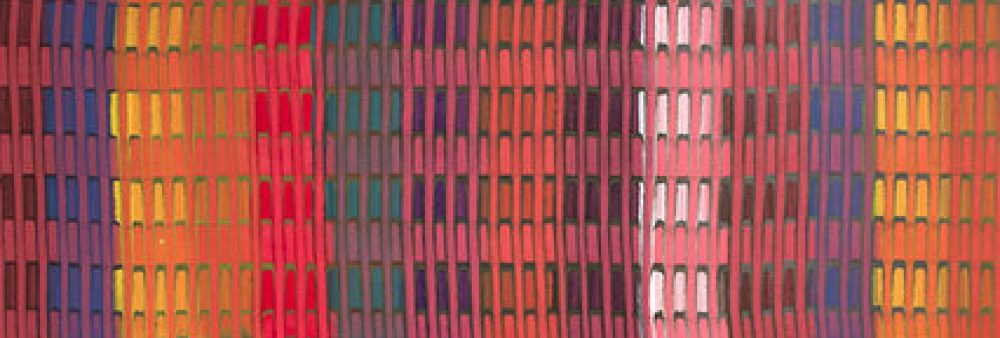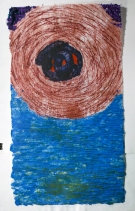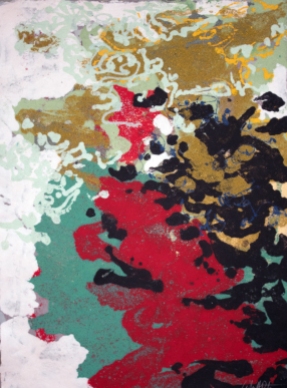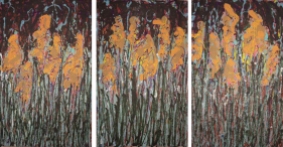Andrea is an internationally exhibiting artist and educator. Her work is multifaceted exploring all types of paper fibers and processes and includes paper works, prints, artist books, and environmental installation pieces. She combines paper arts, printmaking and book arts to make works that address human relationship to the environment.
She currently teaches in the Fiber and Material Studies Department at The School of the Art Institute of Chicago.
CV on request
I invite the place that I live to encompass me, wholeheartedly. It is a workplace for my development as an artist and critical thinker of the world we live in, especially the place we all call home. The environment and its workings are ever present in my work. I look at the world around me symbolically and present it as such in the work that I create. I observe connections between the plant, animal and human world that present concerns, desires and realities for many of us to consider or experience. My work is influenced greatly by use of paper fiber and pigments. The works included are images made with paper pulp, prints with or without images made with paper pulp, and pencil or ink drawings.
A series of works handmade paper and print: Intimacies of Nature
A series of works pigmented paper fiber: Motion within Nature
A series of works using paper fiber, print, cyanotype, plant inclusion: Inhaling the Universe
printed plant series: Shadows of time
























